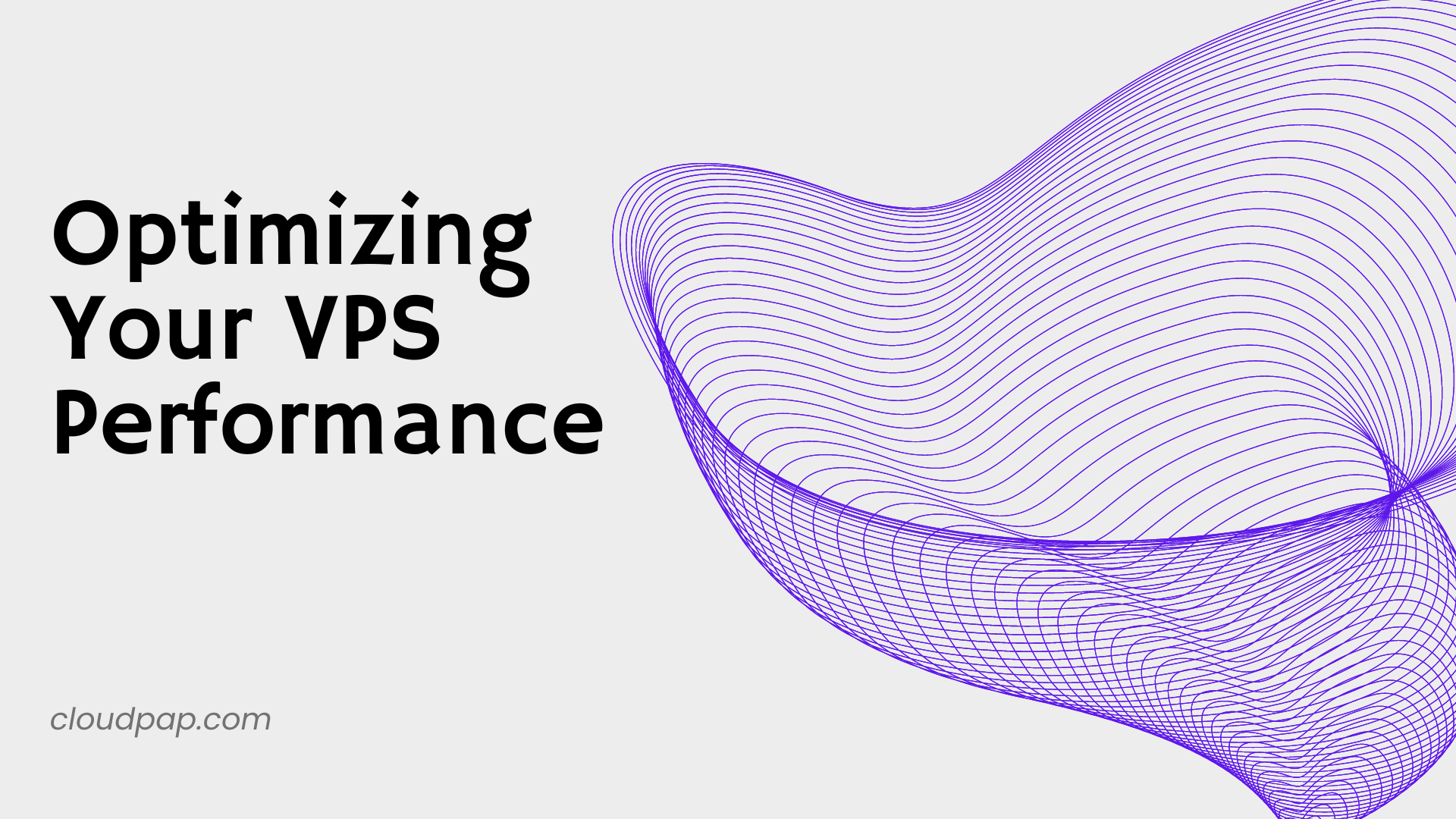Introduction
When it comes to hosting your website or applications, a Virtual Private Server (VPS) offers a powerful and flexible solution. However, to truly harness the potential of your VPS, it’s essential to optimize it for peak performance. In this guide, we’ll explore practical tips and strategies to ensure that your VPS operates at its best, delivering a seamless and efficient experience for both you and your users.
1. Regular Software Updates
Importance of Updates
Keeping your VPS’s operating system and software up-to-date is crucial for security, stability, and performance. Regular updates include patches that address vulnerabilities, enhance features, and improve overall system efficiency.
2. Resource Monitoring and Allocation
Utilizing Monitoring Tools
Implement resource monitoring tools to keep a close eye on your VPS’s performance. Identify trends, bottlenecks, and potential issues early on. Adjust resource allocations based on usage patterns to ensure optimal performance during peak times.
3. Efficient Use of Server Resources
Optimizing Configurations
Fine-tune your server configurations to match your specific workload. Adjust settings related to CPU, memory, and disk usage based on the requirements of your applications. This tailored approach ensures that resources are allocated efficiently.
4. Content Delivery Network (CDN) Integration
Enhancing Content Delivery
Integrate a Content Delivery Network (CDN) to distribute your content across multiple servers worldwide. This reduces latency and speeds up content delivery, particularly for users accessing your website or applications from different geographical locations.
5. Caching Mechanisms
Utilizing Caching Techniques
Implement caching mechanisms to store frequently accessed data closer to the user. This reduces the need to fetch data from the server, significantly improving response times and overall performance. Consider options like object caching and opcode caching for optimal results.
6. Security Best Practices
Securing Your VPS Environment
A secure VPS is essential for peak performance. Implement robust firewalls, regularly update security policies, and use strong authentication methods. Regular security audits and monitoring will help detect and mitigate potential threats promptly.
7. Regular Backups
Ensuring Data Integrity
Regularly back up your data to safeguard against potential data loss. In the event of a failure or unforeseen circumstances, having a recent backup ensures you can quickly restore your VPS to its optimal state.
8. Scaling Resources
Adapting to Growing Demands
Monitor your website or application’s growth and scale your resources accordingly. VPS hosting allows for easy scalability, ensuring that your server can handle increased traffic and demands without sacrificing performance.
9. Network Optimization
Ensuring Efficient Network Communication
Optimize your VPS’s network settings for efficient communication. This includes minimizing unnecessary network requests, optimizing DNS resolution, and considering the use of a reliable DNS provider for faster domain resolution.
10. Regular Performance Audits
Continuous Improvement
Conduct regular performance audits to identify areas for improvement. Analyze server logs, review application performance, and seek opportunities to enhance overall efficiency. Continuous monitoring and adjustment contribute to sustained peak performance.
Conclusion
Optimizing your VPS for peak performance is an ongoing process that requires attention to detail and a proactive approach. Regular updates, efficient resource allocation, security measures, and strategic optimizations will collectively contribute to a VPS that not only meets but exceeds your performance expectations.
Frequently Asked Questions (FAQs)
How often should I perform updates on my VPS?
Regularly update your VPS’s operating system and software. Consider a scheduled routine for updates and patches to ensure optimal security and performance.
What monitoring tools are recommended for resource monitoring on a VPS?
Popular monitoring tools for VPS resource monitoring include Nagios, Munin, and New Relic. Choose one that aligns with your specific needs and preferences.
How can I scale resources on my VPS as my website grows?
Most VPS hosting providers offer scalable solutions. Monitor your website’s growth and upgrade your VPS plan or resources accordingly through your hosting provider’s control panel.
What is the role of a Content Delivery Network (CDN) in VPS optimization?
A CDN distributes your content across multiple servers globally, reducing latency and improving content delivery speed. This is particularly beneficial for websites with a diverse user base.
How can I ensure data security on my VPS?
Implement robust security measures, including firewalls, regular security audits, and strong authentication methods. Keep software up-to-date to address vulnerabilities promptly.

